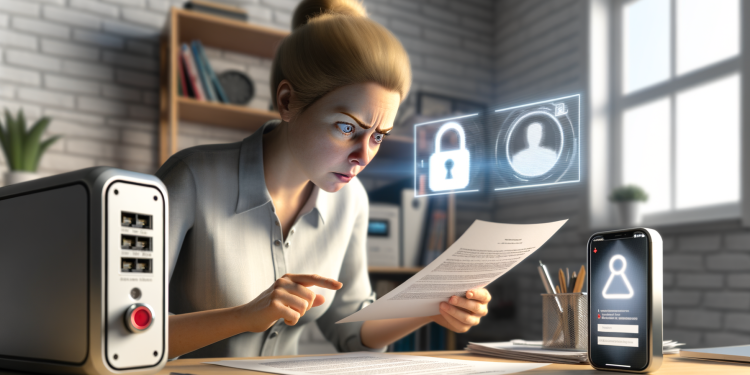In today’s digital age, your email account is your identity. It is the key to your online financial transactions, personal communications, professional interactions, and much more. Therefore, it is of paramount importance to secure this crucial account from potential threats and breaches. This article titled “Lock Down Your Email: Securing Your Most Important Account” provides a comprehensive guide to understanding the importance of email security, the potential threats your email account may face, and the best practices to ensure its security. By the end of this article, you will have a clear understanding of email security and be equipped with the knowledge to protect your most important online account.
Understanding the Importance of Email Security

Before we dive into the techniques of securing your email account, it is important to understand why email security is crucial. Email is the primary mode of communication in the digital world, and it contains a wealth of information about you. From personal conversations to bank statements, from online shopping records to work-related communications, your email account is a treasure trove of data. If this data falls into the wrong hands, it can lead to severe consequences including identity theft, financial loss, and damage to your reputation. Therefore, email security should be a priority for everyone.
Potential Threats to Your Email Account
There are several types of threats your email account can face. Cybercriminals can use phishing attacks to trick you into revealing your login credentials. They can send malware-infected attachments or links that can compromise your device and steal your data. They can also use brute force attacks to crack your password and gain unauthorized access to your account. Understanding these threats is the first step towards protecting your email account.
Email Security Measures

Now that we know the potential threats, let’s talk about the measures you can take to secure your email account. The first and most basic measure is to use a strong, unique password. Avoid common words, phrases, or personal information that can be easily guessed. Also, consider using a password manager to store your passwords securely. Secondly, enable two-factor authentication (2FA) for your email account. This adds an extra layer of security as it requires a second form of verification, often a code sent to your phone, in addition to your password.
Best Practices for Email Security
Aside from the basic security measures, there are several best practices you can follow to ensure the safety of your email account. These include:
- Regularly updating your email software to the latest version
- Not clicking on suspicious links or downloading unverified attachments
- Being wary of unsolicited emails asking for personal information
- Regularly backing up your email data
Threat Detection and Defense

Even with the best security measures in place, it’s important to stay vigilant for signs of potential threats. Regularly monitor your email account for any unusual activity, such as emails you didn’t send, unfamiliar emails in your inbox, or changes to your account settings. If you notice any of these signs, take immediate action by changing your password and contacting your email service provider. Also, consider using an email security software that can detect and defend against various threats.
Data Protection and Privacy
Protecting your email data is not just about preventing unauthorized access, but also about ensuring your privacy. Be mindful of the information you share via email and who you share it with. Also, consider using email encryption to protect the content of your emails from being read by anyone other than the intended recipient. Remember, your email data is your personal property and it’s your responsibility to protect it.
Conclusion
In conclusion, email security is a crucial aspect of cybersecurity that often gets overlooked. However, by understanding the potential threats and following the best practices, you can significantly reduce the risk of your email account being compromised. Remember, the safety of your email account is in your hands. So, take the necessary steps to lock down your email and secure your most important account.
| Best Practice | Description |
|---|---|
| Use a strong, unique password | This makes it harder for cybercriminals to crack your password and gain unauthorized access to your account. |
| Enable two-factor authentication | This adds an extra layer of security by requiring a second form of verification in addition to your password. |
Thank you for taking the time to read this article. We hope it has provided you with valuable insights into email security. For more in-depth articles on cybersecurity, data protection, and technology best practices, feel free to explore our other articles.









